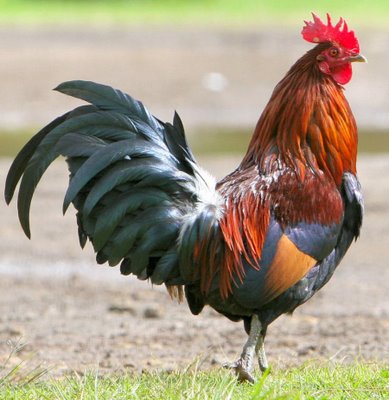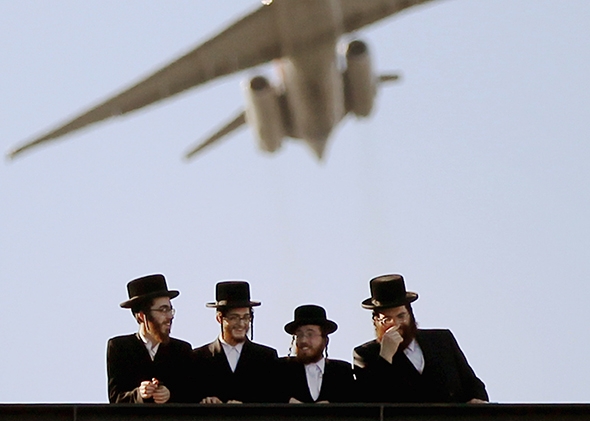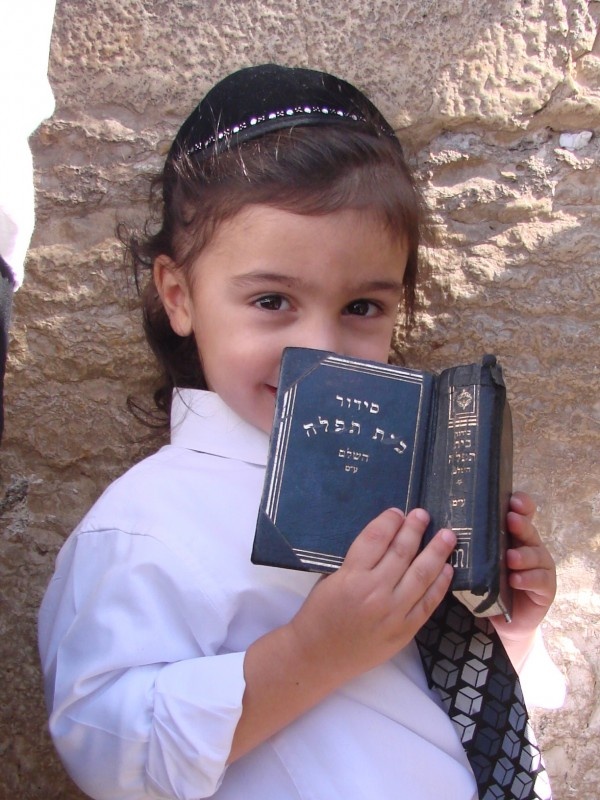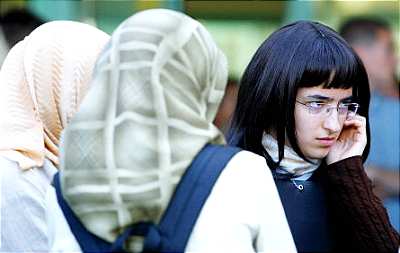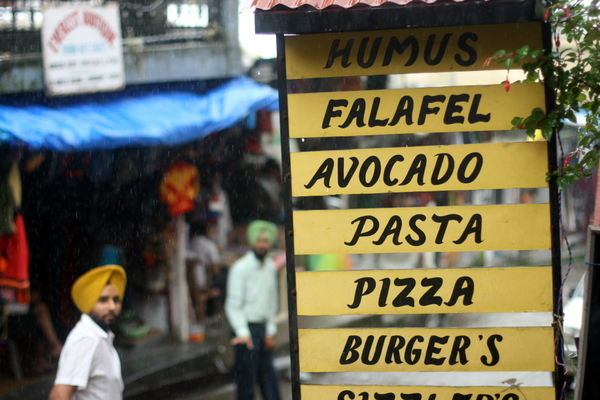Text & photos by Sarah V. Platt
India, formerly named Hindustan, is a country of great contrast and sensory explosion. Vibrant colors, spicy chilies, smells of incense and curry, and little words are able to explain what this incredibly intriguing nation and its ability to inspire, frustrate, thrill and confound- all at once- can do to the lucky ones who are able to set foot on this land.
Geographically speaking, India has a mind-bending diversity that ranges from snowcapped mountains to sun-washed beaches. Culturally, this land prides itself with an array of ethnicities, religions, races, and an enormous diversity of cultural expressions that pertain to over a billion people who call this land their home.
“India is one of the planet’s most multidimensional countries, presenting a wildly diverse spectrum of travel encounters. Some of these can be challenging, particularly for the first-time visitor: the poverty is confronting, Indian bureaucracy can be exasperating and the crush of humanity sometimes turns the simplest task into an energy-zapping battle. Even the most experienced travelers find their sanity frayed at some point, yet this is all part of what makes India a unique travel destination”--- Lonely Planet.
Nothing will prepare you enough for this trip
India will make plans for you, not the other way round. No matter how much pre-trip preparation you will engage in (although still extremely necessary), nothing will prepare you enough for what you are about to experience.
“Demystifying India is a perpetual work-in-progress and for many travelers that’s precisely what makes her so deeply addictive”—Lonely Planet.
The best advice you can get is to let go and flow with what India has in storage for you. Try not to compare, judge or fight against the current while you are in this country. Embrace the chaos, breathe in and absorb all the mysticism, and prepare to become forever changed.
India is NOT for everyone
“Love it or loathe it--- and most visitors seesaw between the two--- India will jostle your entire being and no matter where you go or what you do, it’s a place you’ll never forget”—Lonely Planet.
Some travelers visit India with expectations in mind that are rarely met. Prepare to be shocked, enraged, frustrated, uncomfortable- as well as extremely happy and forever metamorphosed. The first couple of days in this country are usually quite tough. Everything is different and your mind and body will require time to adjust.
Jet-lag is harsh for some travelers so make sure you get enough rest once landed. Extreme socio-economic contrasts, changing weather, and food you are not used to and conditions that are not always familiar convert this location in a destiny not suitable for everyone. However, if you have an open mind and are willing to experience new adventures, buckle up and prepare for a life altering experience.
You will get Delhi Belly
Delhi Belly is a colloquial term for a very common stomach flu that most travelers face when visiting India. Most people feel the symptoms within the first 3-5 days upon arriving the country, although others will not become sick until sometime after.
Whether you are extremely cautious and paranoid about taking sanitary precautions or not, prepare yourself for a couple of days of diarrhea, vomiting, nausea, indigestion and stomach discomfort. You will not die and it will not last forever. Just make sure you are well-equipped with a first aid kit that includes Imodium, Pepto-Bismol and other stomach flu over the counter meds, so this process flows as best as possible.
Also remember that during your trip you should avoid (at all costs) drinking tap water, drinks that include ice or water (this includes fruit juice or any other beverage that uses water in its preparation), fruits that are not peeled, bottled water that has already been opened or used, brushing teeth with tap water or opening your mouth while in the shower. Make sure to wash your hands as frequent as possible (hand sanitizer is always a good option) and bring along toilet paper with you all the time as toilets are rarely equipped with this “luxury”.
India will change you forever
Although previously mentioned and may sound like a cliché, India will definitely change your life and the way you see things. Whether you like it or not, you are about to engage in an experience that will forever transform you. Be grateful, as not everyone will have the opportunity of experiencing something like this during their lifetime.
India is a deeply spiritual land filled with mysticism, legend, myth, and an extremely profound soul. You will encounter people, situations and a surreal realm that is not habitual to the western world. Especially those travelling as part of a program or to do volunteer work with the needy, prepare to be forever altered.
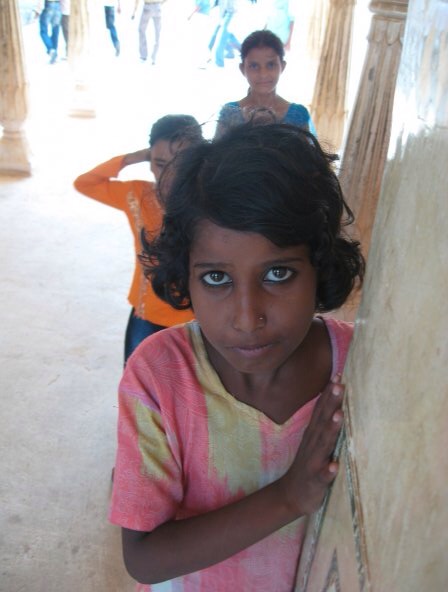
Don’t leave home without…
- A visa, travel insurance & vaccinations
- A well-concealed money belt (money should be taken in cash although big cities will have ATM´s and in some places –definitely not all- credit cards may be accepted). The Indian currency is rupee and a currency converter app such as XP is recommended.
- A small flashlight (in some areas, street lights are rare)
- Good quality earplugs (as some locations- mostly urban- can be quite noisy at night)
- Waterproof flip flops to use in the shower
- International adaptor plug (you may find this in Marshall’s or TJ Maxx)
- Umbrella, poncho, waterproof boots for monsoon season (be ready to get wet!)
- First aid kit (Tylenol, Triple Antibiotic cream, Bandages, Stomach flu meds, etc.)
- An open mind (expect the unexpected!)
The Holy Cow
Travelling through India, especially in the big cities, can be an impressive and overwhelming experience. Heavy traffic made up of cars, bicycles, rickshaws, motorcycles, carts pulled by frail animals and/or humans, strolling cows and people walking- all at the same time- will make you feel greatly lost in translation.
Everyone beeps their horns constantly as a way of recognizing others’ presence. All this chaos is governed by internal laws of traffic and indecipherable comprehension on behalf of the locals. And one of the most impressive things to observe is the presence of cows- everywhere!
In India cows are considered to be holy and therefore nowhere in this country will you be able to eat beef. Actually, most people in India are vegetarian and do not consume anything made from cow apart from milk and cheese. Best to not even mention beef or hamburgers to a local as it will probably be considered disrespectful.
People often share their homes with farm animals and cows are considered to be domestic creatures. In Indian mythology, cows also occupy a respectable position. In the Purana (one of the most sacred Hindu texts), for example, one of the most precious creatures is in fact Kamdhenu, a cow that fulfills all wishes.
Hinduism is the main religion
Approximately 80% of Indian population is Hindu. Contrary to other religions, Hinduism does not have a founder or sacred book, and is based mostly on Indian mythology. The Ramayana and The Mahabharata are two classical books that collect verses and prose related to mythology, the main Hindu teachings and Indian history and politics.
The base of this religion is the belief in a trilogy: Brahma (the Creator), Shiva (the Destructor) and Vishnu (the Preserver). Hindus believe in reincarnation- therefore, after death, a person will be reborn into a higher level of existence until he or she has obtained the highest level of connection with the supreme cosmic energy, or ‘eternal soul’, known as atman.
Hindus are also animists and have personified different deities: Ganesha (elephant god), Hanuman (monkey god), Chandra (moon god), Surya (sun god), etc. Many Hindu temples are fascinating and surreal, so be prepared to be mind-blown! In general terms, Hindus believe in karma (do as to others how you wish others would do to you), meditation, cremation of their dead, sanctification of the Ganges River, tantra (mind extension), yoga (union of mind, body & soul) and although banned- the caste system.
Spirituality overload
Although Hinduism is considered to be the main religion of India, there are hundreds of other religious and spiritual expressions in this country. Some of the most common are: Sikhism, Jainism, Buddhism, Islam and Christianity.
In very simple terms, Sikhs (2% of Indian population) are followers of Guru Nanak, a man who wrote the Guru Granth Sahib –the Sikh sacred book- who believed that God was found in everyone and everything around us. He died in 1539 and after him, 9 other gurus led the movement, who were also involved in Indian politics.
Sikhs believe in the 6 K’s: kesh (long hair they never cut), kanga (comb used to keep their long hair tidy), kachcha (underwear), kara (steel bracelet), and kripan (sword or knife used to fight against oppression). They are mostly recognized because of their turbans (usually around 6 meters long so they can tie their never cut hair!).
Jainism is another religion from India which professes extreme austerity, mind conquest, and reincarnation. Most Jainists are ascetics who believe not in the glorification of a god, but in obtaining self-perfection through material abandonment (some only consume water!). They are vegetarians and profess ahimsa, or non-violence to other creatures.
Buddhists, on the other hand, profess a similar belief system to Jainists: desire causes suffering, therefore one must free him or herself from desire and learn to control the mind.
Muslims make up 14% of Indian population and Christians, over 2%. Religion and spirituality is an enormously important part of Indian life and culture!
Caste system
Although eradicated in theory since the 1950’s, thanks in great deal to Mahatma Gandhi, the caste system is still very much felt in India.
Brahmins (many are taller and have lighter skin- known as teachers) are at the top of the hierarchy and are considered to be the highest class made up of priests, holy men or those who dedicate their life to religion and spirituality.
Secondly, Kshatriyas (responsible for maintaining law, order and protection against invasors) are the warrior caste, originally made up of people who fought for India- and nowadays, this caste is made up of political leaders, soldiers and rulers.
Thirdly, Vaisyas (entrepreneurs or merchants who provide goods and services) are mostly darker-skinned. Finally, Shudras or commonly known as the Untouchables, make up the lower class in India and face horrible discrimination for being sewer cleaners, orphans, widows, and other rejected social groups who are forced to live outside the cities and are sometimes considered bad luck.
Indians are usually born into a caste and will “inherit” the labor or jobs most commonly connected with their equals or relatives. Marriages are often arranged to secure castes.
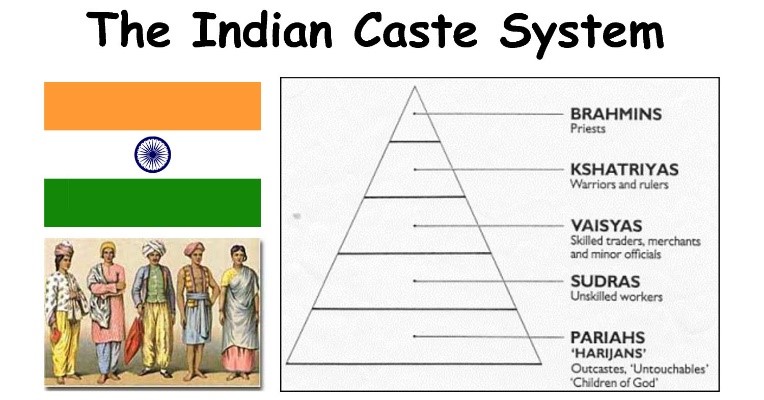
One visit is not enough
Because of the tremendous variety in terms of geography, culture and spirituality- travelers interested in getting a good grasp of India have to visit the country on more than one occasion. For first time visitors, try to keep it simple in order to avoid becoming overwhelmed with touristic agendas. Some of the top places to visit for the one-timers are:
New Delhi- Some people love the Indian capital, many others hate it. However, the hustle and bustle of this chaotic city is a must on your list of places to visit in order to get a grasp of Indian metropolis life. Also, New Delhi is home to some of the most impressive temples, museums, bazars, markets and other points of interest.
Jaipur- Known as the Pink City, Jaipur is home to the Amber Fort and is a great point in between New Delhi and Agra, birthplace of one of the main tourist attractions: Taj Mahal, the ultimate monument to love.
Varanasi is considered to be a holy city and a spiritual center because of its proximity to the Ganges River. Hindu worshippers are found here along the ghats praying, cremating their dead, and bathing in the waters of this river in order to achieve purification. Boat trips along the Ganges either at dusk or dawn can be arranged and are a spectacular. Varanasi is mind-blowing and should definitely be on the top of your list. If you travel from Delhi to Varanasi, a couple of other recommended stops are: Orccha and Khajuraho. For mountain lovers who long to escape the hustle and bustle of the large cities, Dharamsala in the Himalayas is a great option. From here you can explore other Tibetan influenced towns such as McLeod Ganj (headquarters for the Tibetan government in exile and home to the Dalai Lama) and Bhagsu (great place to do a yoga course or retreat!), nests for those looking for spiritual connection, yoga, ayurveda and other traditional forms of healing.
